By the time of its launch, Rise of the Ronin is joining a staggering lineup of open-world RPG-style games. With games like Assassin’s Creed and Elden Ring setting the standard for this genre, Rise of the Ronin has had to shift from the norm to stand out. Some of that was successful, while some seemed to fall flat.
The comparison between Ghost of Tsushima (GoT) and Rise of the Ronin (RotR) feels unavoidable. However, it’s also entirely unfair to only view RotR exclusively from the lens of GoT. That being said, if I saw someone playing RotR two months before launch, I’d think it was GoT until I was told otherwise. That is until you get to the combat.
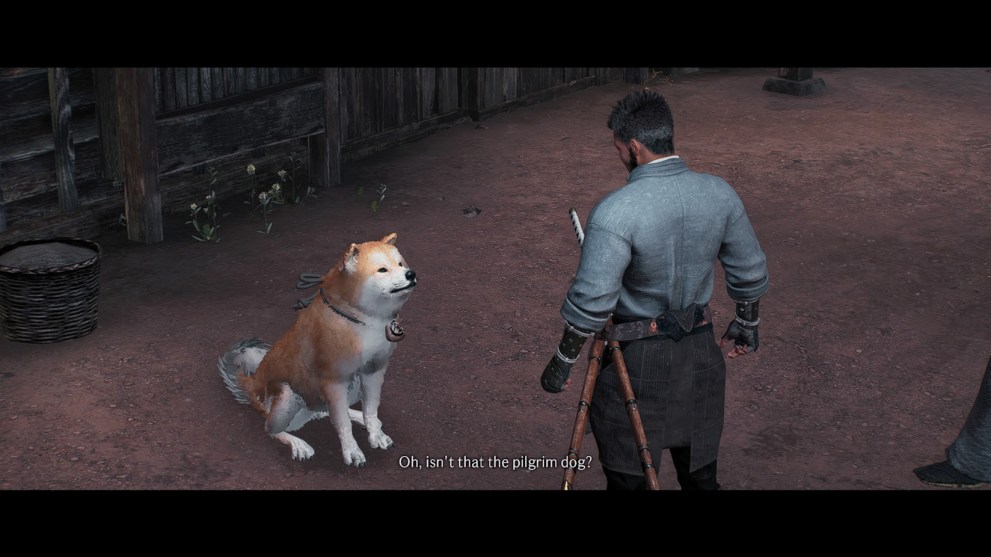
One of the biggest differences is that Rise of the Ronin plays like a Soulslike. This isn’t to say it is one, but the combat warrants the comparison. The difference is that RotR doesn’t make me feel like I need to rip my hair out to get through a boss fight. You might have to leave and get stronger materials, but you can always return and finish the job.
If I compare RotR to Lies of P, they almost don’t play like they’re in the same genre. For Soulslikes, there’s a certain level of practice that you can’t progress without. Rise of the Ronin differs because it feels more lenient, making the combat feel hollower than that of Dark Souls or Sekiro. The challenge is less present, meaning the reward doesn’t feel as meaningful.
Rise of the Ronin seems to take after Tears of the Kingdom more than Soulslikes. It’s approachable, showing you missions or bosses you can take on whenever you encounter them. However, you can fight them too early and get beaten enough times to realize that you’ll have to come back later. It toes the line of Elden Ring in that sense, but trying to ground that sort of combat into this story feels a bit forced.
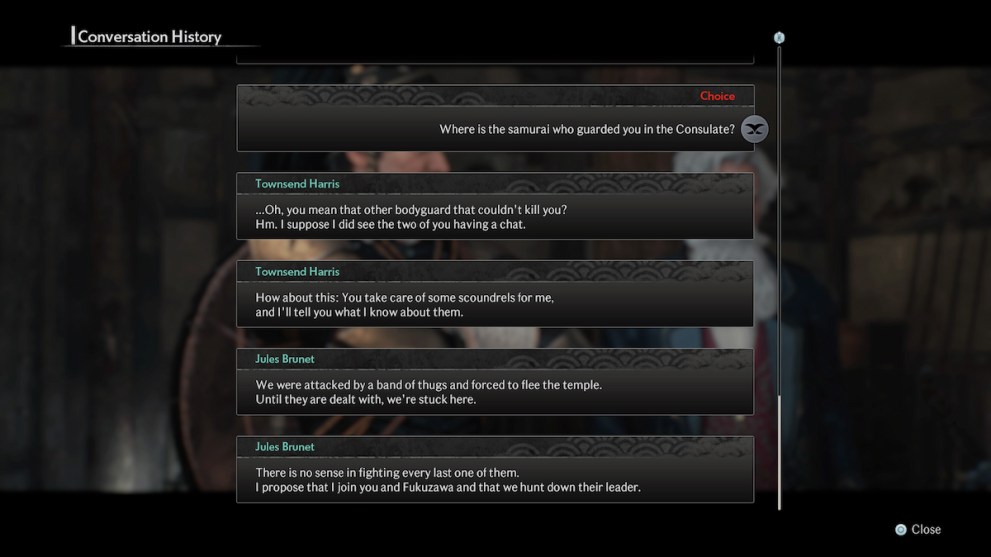
Rise of the Ronin is set in the 1850s in mainland Japan when the country was opening its doors to the rest of the world. The map is substantial and filled with many things to do and people to meet. This subconsciously makes RotR feel like a spiritual successor to Ghost of Tsushima, and that’s a high bar to reach.
Rise of the Ronin has a compelling story, but something about it feels hollow beneath the surface. In contrast, Ghost of Tsushima thrusts you into the shoes (or geta, rather) of Jin Sakai, a samurai who has lost everything and has to reclaim his home at the cost of his honor, and you see that struggle play out as the game goes on.
RotR has you make two characters who are bonded because of their shared childhood, and the one you choose becomes the one you use to seek out the other after a mission gone bad. Sure, you get the “lone samurai seeking their other half” trope, but it’s played out quickly. It doesn’t feel strong enough to drive the story through such a massive and diverse world.
The game is set during a turbulent and controversial time in history, and you’re actively working for or against the core change that’s at the centre of it. However, instead of immersing yourself in this story, your character is silent and only has the flat motive of “must find Blade Twin.” Rise of the Ronin places you in a breathtaking and fascinating time, only to make your participation hinge on something trivial.
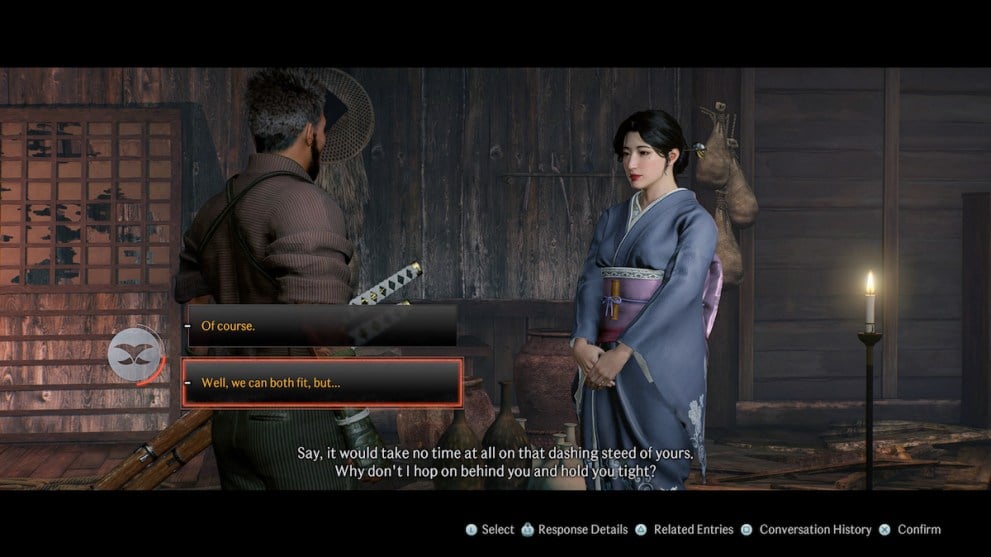
Even many of the side characters are quite one-dimensional. It feels like you’re forming a strong bond with those you can just for the sake of doing so. The dialogue feels hollow as they recite answers at you, and every choice feels like a matter of “yes vs. no” rather than having a real conversation. It’s no Baldur’s Gate 3, that’s for sure.
Without trying to draw too heavy-handed of a comparison between RotR and Ghost of Tsushima, some mechanics still feel better in the latter. Riding your horse is a better experience in Ghost of Tsushima because you feel more connected to your mount. You get to choose its name, Jin talks to it often, and it’s less jumpy as you ride.
Rise of the Ronin’s horse only serves as another thing to upgrade and maintain, but it also doesn’t ride exceptionally well. The controls in the game are already a bit sensitive due to the combat style, but that main traversal method feels clunky. I appreciate the auto-run feature, but even that can take a second to kick in properly.
Regardless, these are two entirely separate games. Ghost of Tsushima served as a love letter to Akira Kurosawa’s Samurai films and matched the style in almost every way. Unfortunately, almost any game that’s as similar as Rise of the Ronin will look a bit dry in comparison.
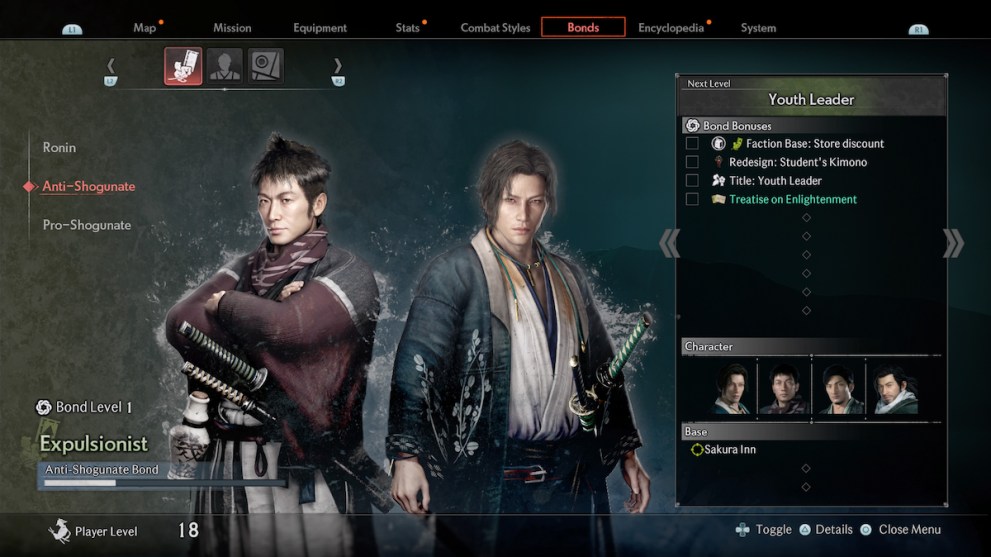
One of the aspects of open-world games that I love is getting to roam the map and mingle with the NPCs a bit, but even the various collectibles and tasks in Rise of the Ronin feel a bit hollow. To establish bonds with various locations, you’re restoring “public order” to the area. It feels like a forced way to get you to contribute to society without giving you any real motive.
This forms a struggle in me as I play the game. I want to keep playing because I am intrigued by where things are going, but the variety runs short after a while. I can’t stop myself from bouncing between red blips on the map and restoring the public order, but as I do it I don’t feel like there’s ever really much point.
Rise of the Ronin dictates your choices based on where your blade twin goes, and it doesn’t feel like the story elicits the passion to get many players to the end of it. The graphics are breathtaking and the music is appropriate, but the gameplay and story don’t seem to stack up. Even though there’s no lack of things to do or fights to be had, Rise of the Ronin doesn’t feel as substantial as it could have been.

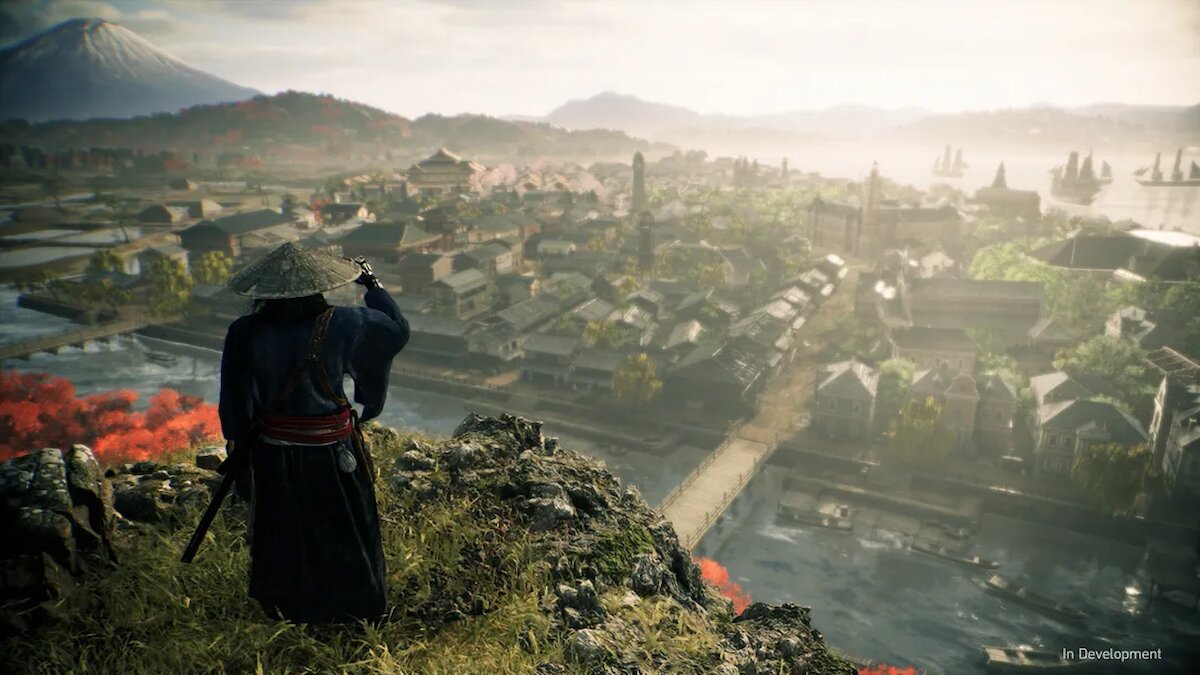












Updated: Apr 3, 2024 09:35 am